Formula SOF2 Melting point -110.5 °C | Boiling point -43.8 °C Appearance colorless gas | |
 | ||
Related oxohalides Related compounds | ||
Thionyl fluoride is the inorganic compound with the formula SOF2. This colourless gas is mainly of theoretical interest, but it is a product of the degradation of sulfur hexafluoride, an insulator in electrical equipment. The molecule adopts a distorted pyramidal structure, with Cs symmetry. The S-O and S-F distances are 1.42 and 1.58 Å, respectively. The O-S-F and F-S-F angles are 106.2 and 92.2°, respectively. Thionyl chloride and thionyl bromide have similar structures, although these compounds are liquid at room temperature. Mixed halides are also known, such as SOClF, thionyl chloride fluoride.
Synthesis and reactions
Thionyl fluoride can be produced by the reaction of thionyl chloride with fluoride sources such as antimony trifluoride.
3 SOCl2 + 2SbF3 → 3SOF2 + 2SbCl3Alternatively, it arises via the fluorination of sulfur dioxide:
SO2 + 2PF5 → SOF2 + POF3Thionyl fluoride arises as a fleeting intermediate from the decomposition of sulfur hexafluoride as the result of electrical discharges which generate sulfur tetrafluoride. SF4 hydrolyzes to give thionyl fluoride, which in turn hydrolyzes further as described below.
As expected from the behavior of the other thionyl halides, this compound hydrolyzes readily, giving hydrogen fluoride and sulfur dioxide:
SOF2 + H2O → 2HF + SO2In contrast to thionyl chloride and bromide, thionyl fluoride is not useful in organofluorine chemistry. The related derivative, sulfur tetrafluoride is however a useful reagent.
